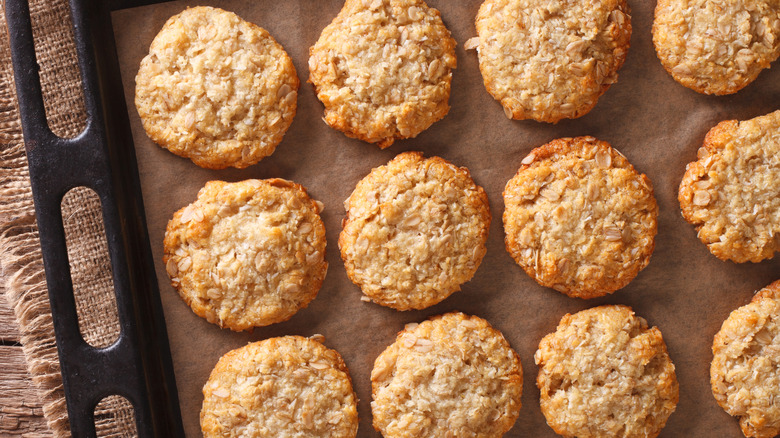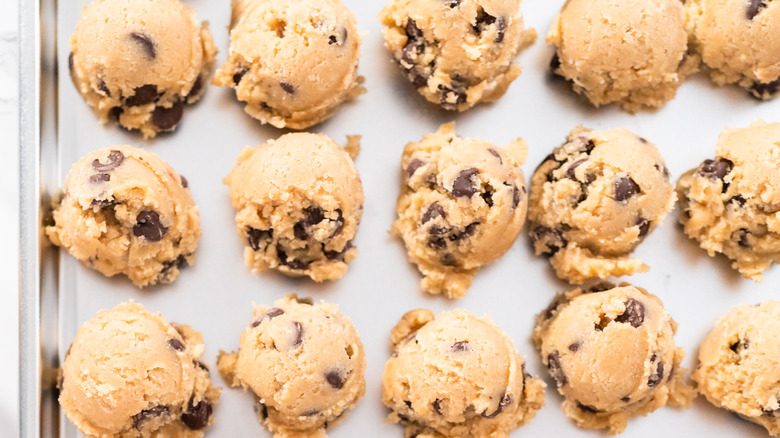Why You Should Use Parchment Paper Over Aluminum Foil When Baking Your Cookies
Baking cookies is a time-honored tradition that many of us enjoy. Whether it's for a special occasion or just because we're in the mood for something sweet, there's nothing quite like a freshly baked cookie straight from the oven. But what's the best way to bake your cookies? You may often wonder if you should use parchment paper or aluminum foil — and if it matters.
When it comes to baking cookies, everyone has their own method. Some people swear by the drop cookie method — which involves dropping a dollop of cookie dough onto a baking sheet and then baking them in your oven. Others prefer the more traditional roll-out method, where you roll out cookie dough to an even thickness and then cut it into shapes before baking.
No matter what your preference is, there are a few kitchen tools and appliances that you'll need: An oven, mixer, measuring spoons and cups, a spoon or spatula, and a baking sheet. And when it comes to lining your baking sheet, you should always reach for parchment paper over aluminum foil.
Pull out the parchment paper
Aluminum foil is often used in food packaging because it's durable and provides an excellent barrier against light, moisture, and oxygen (via Stewart Foil). Aluminum foil can also be used for tasks like covering pans before roasting veggies and lining grills before cooking. Foil is also a good conductor of heat (via Home Cook World). In relation to baking cookies, this means it will transfer high temperatures to whatever you're baking quickly, causing the bottom of your cookies to burn before they've had a chance to cook all the way through.
Parchment paper, on the other hand, is a type of heat-resistant, non-stick paper. It won't absorb heat the way that aluminum foil does, so your cookies will bake more evenly, both inside and out. And because it's non-stick, cleanup is a breeze! Simply remove the parchment paper from the baking sheet and toss it in the trash. Happy baking.

